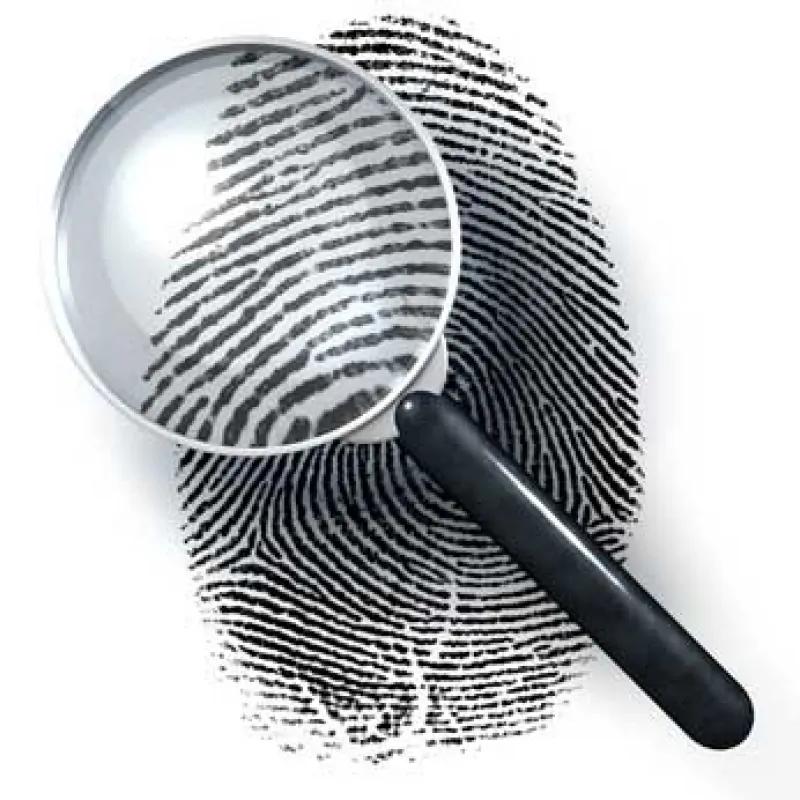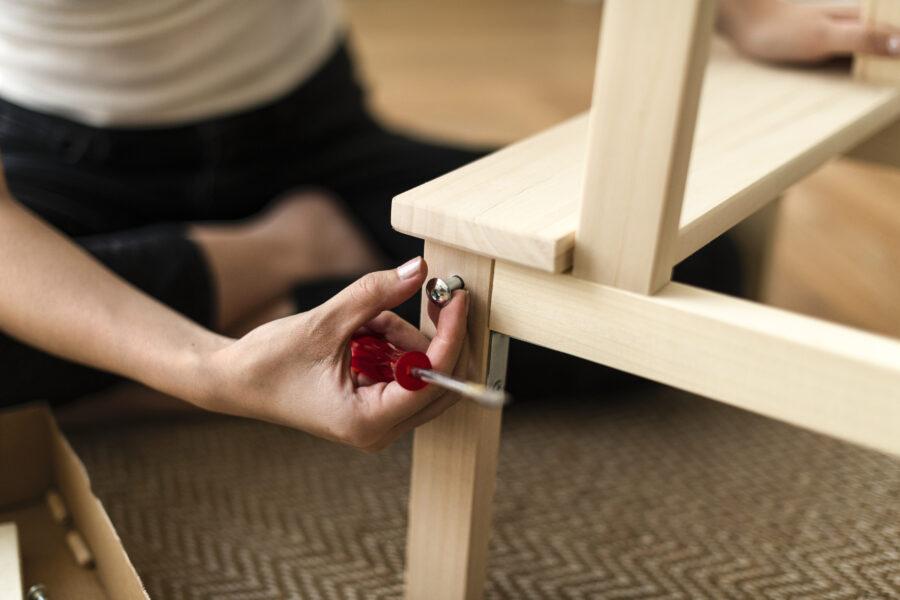In the modern world, communication is essential in all aspects of life. In many cases, the use of a desktop microphone is crucial for effective voice transmission in professional and academic environments. However, it is common for these devices to experience technical problems that compromise their functionality. Therefore, it is extremely important to understand the processes for repairing and maintaining a desktop microphone in optimal conditions. In this article, we will cover the steps and techniques necessary to repair a desktop microphone, aiming to ensure the quality and durability of this essential equipment.
Identifying the problem with the desktop microphone
When your desktop microphone has problems, it is essential to identify the source of the defect so that the repair can be effective. Some of the most common symptoms of desktop microphone problems include strange noises during recording, lack of sensitivity when picking up sound, and audio transmission failures. By identifying the specific symptoms of the problem, it is easier to find the appropriate solution to restore the microphone's functioning.
Before attempting to repair your desktop microphone, it is important to perform a visual inspection to check for any visible damage, such as loose or broken cables. Additionally, it is recommended to test the microphone on different devices to determine whether the problem is related to the recording equipment or the microphone itself. In some cases, the problem may be related to incorrect settings or dirt on the microphone, so it is essential to perform a proper cleaning before proceeding with the repair.

Tools and materials needed for the repair
How to fix a desktop microphone
If your desktop microphone is broken and needs fixing, it’s important to have the necessary tools and materials on hand to get the job done. Some of the most common tools used to fix a desktop microphone include:
- Screwdriver
- Tweezers
- Multimeter
- Soldering kit
- Replacement parts, such as microphone capsules, connectors and wires
Additionally, it is essential to have a clean and organized work environment, as well as to follow safety protocols when dealing with electronic equipment. Keep in mind that repairing a desktop microphone can vary depending on the specific problem, so make sure you have all the necessary tools at your disposal and be prepared to invest time and attention in repairing the equipment.

Step by step guide to disassembling and checking the microphone parts
If you’re having trouble with your desktop microphone, it might be a good idea to take it apart and check its parts for potential problems. Here are some steps to help you fix your microphone.
First, you'll need some basic tools, such as a screwdriver, pliers, and a multimeter to measure the continuity of the wires. Then, you can start disassembling the microphone by following these steps:
- Unscrew the microphone base to expose the inside.
- Carefully remove the microphone grille to access the main element.
- Use the multimeter to check the continuity of the wires and identify possible connection problems.
- Check for any signs of wear or damage to internal parts, such as the diaphragm or cable connections.

Recommendations for replacing defective components and performing repairs
If your desktop microphone is having issues and you’re looking for ways to fix it, here are some helpful recommendations to help you out. First, check if the problem is related to the microphone’s components, such as a damaged cable, a faulty microphone capsule, or a loose connection. Then, follow these steps to try to fix the problem.
- Check the microphone cable for damage. Replace it if necessary to ensure a solid connection.
- If the problem persists, check if the microphone capsule is faulty. Replace it with a new one to improve the sound quality.
- Finally, check that the microphone connection is good. If it is loose, carefully reconnect it to ensure proper audio transmission.
By following these recommendations, you will be able to repair your desktop microphone and improve the quality of the sound captured. Always remember to be careful when handling electronic components and, if necessary, seek the help of a qualified professional to carry out any more complex repairs. With these tips, you will be able to use your desktop microphone again without any problems.
Future perspectives
In short, maintaining and repairing a desktop microphone requires attention to technical details and a solid knowledge of the different electrical components and circuits involved. With the guidance and tips provided in this article, we hope that you can efficiently apply the necessary techniques to troubleshoot your desktop microphone. Always remember to follow safety precautions when dealing with electrical equipment and, if necessary, seek the help of a specialized technician to ensure the integrity of your equipment. We hope that this article has been useful and that you can enjoy optimal performance from your desktop microphone after the necessary fixes.

